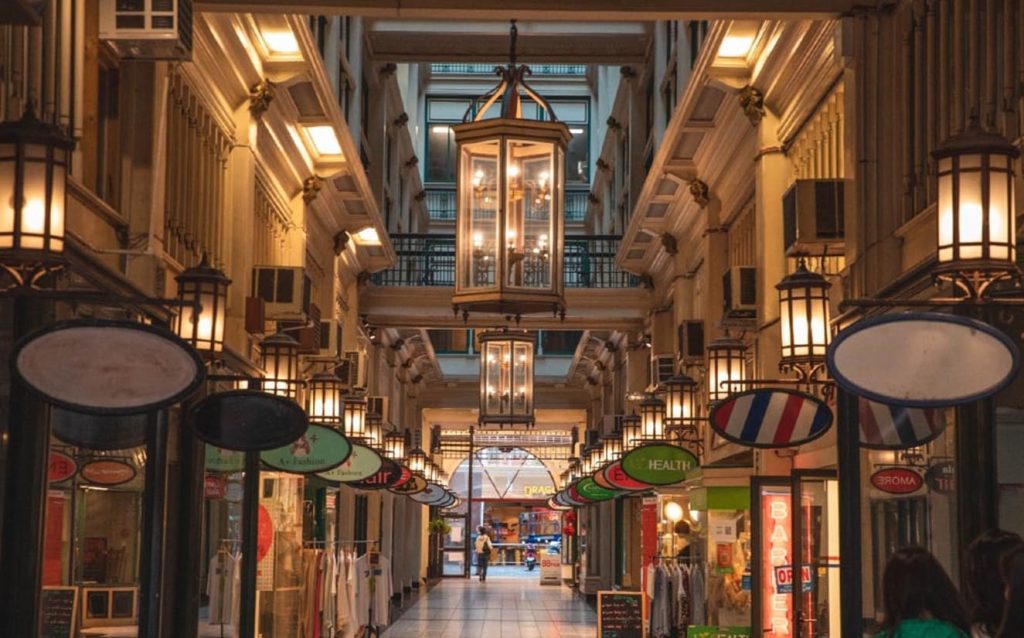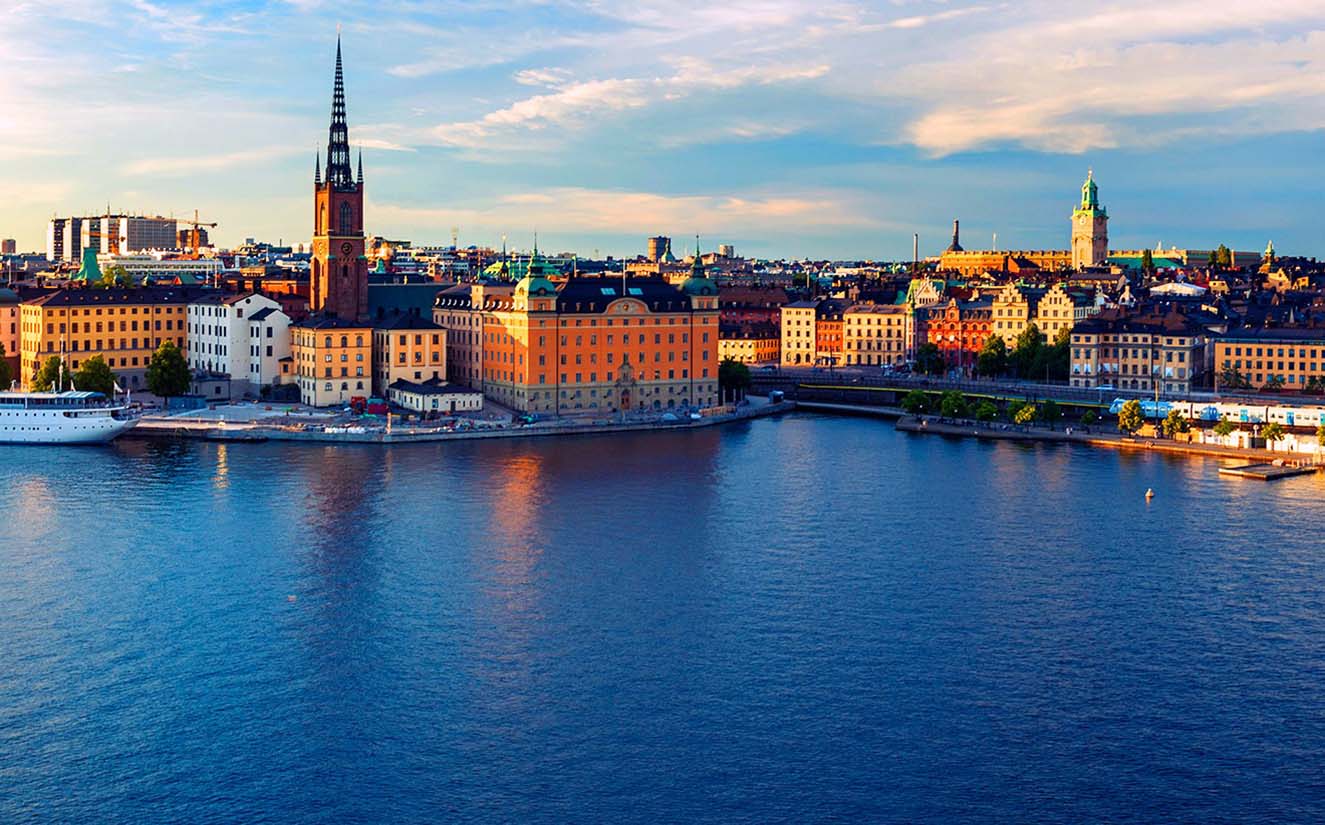
Stockholm had always been on my travel bucket list, and when the opportunity arose to visit this stunning city, I jumped at the chance. The Swedish capital, known for its rich history, stunning architecture, and vibrant culture, exceeded all my expectations. In this blog post, I’ll share my experiences and tips, from what to pack to local customs, as well as some of the must-visit attractions in the city.
Travel Essentials: Packing for Stockholm
When packing for Stockholm, it’s essential to be prepared for the city’s variable weather, which can change quickly, even within a single day. Here’s a list of items I found indispensable during my trip:
- Weather-Appropriate Clothing: I visited in early autumn, so layering was key. I packed a mix of long-sleeved shirts, sweaters, and a lightweight waterproof jacket. Stockholm can be chilly in the mornings and evenings, but warmer during the day, so layering allows you to adjust as needed. If you’re visiting in winter, be sure to bring a heavy coat, thermal layers, and waterproof boots, as snow and freezing temperatures are common.
- Comfortable Shoes: Stockholm is a city made for walking. From the cobblestone streets of the Old Town (Gamla Stan) to the expansive parks, you’ll be on your feet a lot. I brought a pair of sturdy walking shoes that handled everything from city sidewalks to gravel paths with ease.
- Daypack: A small backpack is handy for carrying your essentials—water, snacks, camera, and any layers you might shed during the day. It’s also useful for carrying any souvenirs you pick up along the way.
- Universal Adapter: Sweden uses the European two-pin plug, so if you’re traveling from outside Europe, you’ll need a universal adapter to charge your electronics.
- Reusable Water Bottle: Stockholm’s tap water is clean and safe to drink, so a reusable bottle is both eco-friendly and convenient.
Currency Exchange and Getting a Local SIM Card
Sweden’s currency is the Swedish Krona (SEK), and while Stockholm is very card-friendly (I hardly used cash at all), it’s still wise to have some local currency on hand for smaller purchases, especially in more traditional markets or small shops.
Currency Exchange
Before leaving for Stockholm, I exchanged some currency at my local bank. However, once I arrived, I found that ATMs (called bankomater in Swedish) offer competitive exchange rates and are widely available across the city. Most ATMs accept international cards, so withdrawing cash directly in SEK was easy and convenient. Additionally, major currency exchange offices like Forex are located throughout the city and at the airport, offering good rates and no hidden fees.
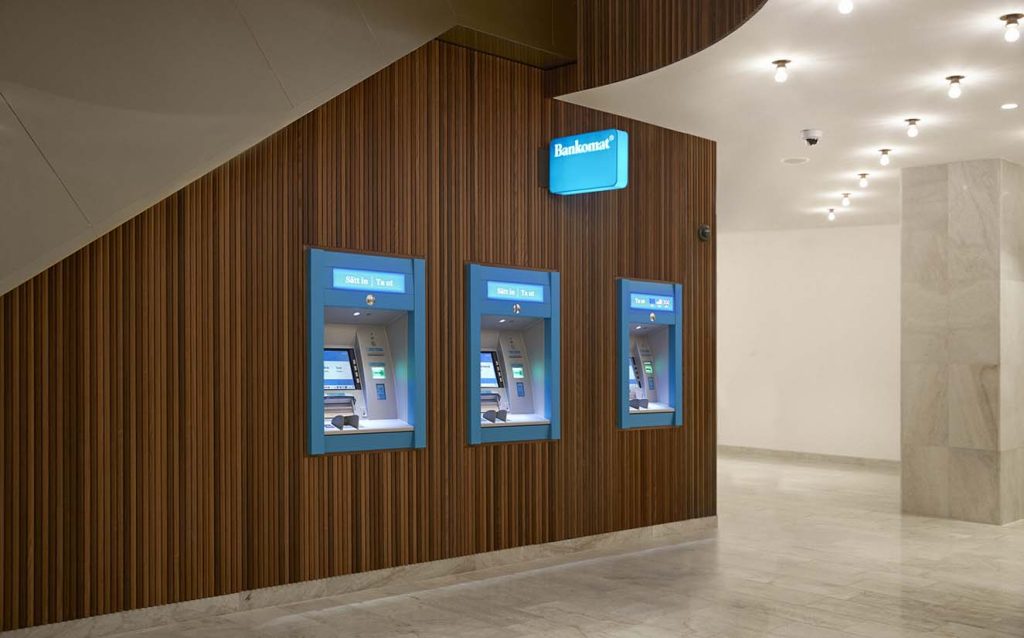
Getting a Local SIM Card
Staying connected while traveling is essential, especially for navigating new cities and keeping in touch with friends and family. I opted to purchase a local SIM card upon arrival at Stockholm’s Arlanda Airport. There are several options available, with Telia, Telenor, and Comviq being the major providers.
I chose a Telia prepaid SIM card, which offered a good balance of data, texts, and calls. The process was straightforward—I simply bought the SIM card at an airport kiosk, followed the activation instructions, and was online within minutes. This proved invaluable for using maps, finding restaurant recommendations, and even checking ferry schedules while on the go.
Understanding Swedish Etiquette: A Cultural Insight
Swedes are known for their politeness, respect for personal space, and a general adherence to social norms. My experience in Stockholm was overwhelmingly positive, but it’s important to be aware of a few local customs to ensure you’re being respectful and making the most of your visit.
Personal Space and Quietness
One of the first things I noticed in Stockholm was how quiet the city is, despite being a capital. Swedes value personal space and tend to keep noise levels low, whether in public transport, restaurants, or even on the streets. While on the metro, I observed that conversations were kept to a minimum, and phone calls were brief and quiet. It’s a good idea to follow this example—keep your voice low, especially in enclosed or crowded spaces, and be mindful of others around you.
Fika: A Cultural Institution
Fika, a coffee break that usually involves a sweet treat, is a beloved Swedish tradition. It’s more than just a quick coffee; it’s a moment to slow down, relax, and connect with friends or colleagues. I made it a point to participate in fika as often as possible during my stay. Whether in a cozy café or at a friend’s home, taking time out for fika was a delightful way to experience Swedish culture. Remember, when invited to fika, it’s customary to offer to pay or at least split the bill, though the host may refuse.
Queueing
Swedes are very disciplined when it comes to queuing, and this applies to everything from grocery stores to bus stops. At several attractions, I noticed organized queues with clear signage. People waited patiently for their turn, without any pushing or cutting in line. It’s important to respect this social norm to avoid any awkward situations.
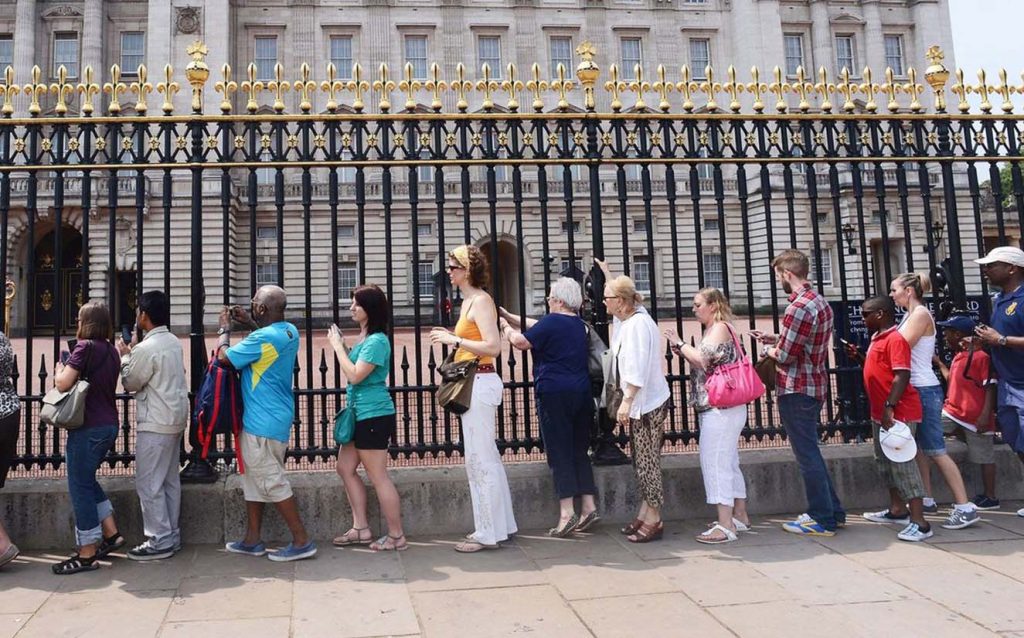
Tipping
Tipping in Stockholm is not as common or expected as in some other countries. In restaurants, a service charge is usually included in the bill, so tipping is not obligatory. However, rounding up the bill or leaving a small tip (about 5-10%) for good service is appreciated. I found that most locals don’t tip in cafes or bars, but if you receive exceptional service, a small gesture is always welcomed.
Experiencing Local Customs
One memorable experience I had involved taking part in a traditional Swedish dinner hosted by a local family. As a guest, I brought a small gift—a bottle of wine, which is a common and appreciated gesture. The evening was relaxed, with plenty of conversation and laughter, and I was introduced to several Swedish dishes, including meatballs and lingonberry sauce. It was during this dinner that I truly appreciated the Swedish love for hospitality and their relaxed approach to dining. The pace was slow, the portions were modest, and there was a strong emphasis on enjoying the company and the moment.
Must-Visit Attractions in Stockholm
Stockholm is brimming with cultural, historical, and natural attractions. Here are four of my favorite spots, each offering something unique:
1. Gamla Stan: The Old Town
Location: Centrally located on the island of Stadsholmen
How to Get There: Easily accessible by metro (Gamla Stan station) or by walking from the city center.
Highlights:
Gamla Stan, the heart of Stockholm, is one of the best-preserved medieval city centers in Europe. Walking through its narrow, winding streets felt like stepping back in time. The colorful buildings, cobblestone streets, and historic sites like Stortorget Square and the Royal Palace were enchanting.
- The Royal Palace: I spent a few hours exploring the Royal Palace, one of the largest palaces in Europe still in use. The Royal Apartments and the Treasury were particularly impressive. Watching the changing of the guard ceremony was a highlight.
- Nobel Museum: Located in the same area, the Nobel Museum offers fascinating insights into the history of the Nobel Prize and its laureates. The exhibits are interactive and engaging, making it a must-visit for anyone interested in science, literature, and peace efforts.
Tips:
- Wear comfortable shoes; the cobblestones can be tough on your feet.
- Visit early in the morning or late in the afternoon to avoid the crowds.
2. Vasa Museum
Location: Djurgården Island
How to Get There: A short tram ride from the city center or a scenic walk across the Djurgårdsbron bridge.
Highlights:
The Vasa Museum houses the Vasa Ship, a 17th-century warship that sank on its maiden voyage and was salvaged 333 years later. Seeing the ship in person was breathtaking—the scale, the intricate carvings, and the story of its preservation are fascinating.
- Interactive Exhibits: The museum’s exhibits provide detailed insights into the ship’s construction, the ill-fated voyage, and the restoration process. There are also artifacts recovered from the ship, offering a glimpse into life in 17th-century Sweden.
Tips:
- The museum can get crowded, so consider visiting early in the day.
- The admission fee is reasonable, and I found it well worth the cost for the depth of the experience.
3. Skansen: The Open-Air Museum
Location: Djurgården Island
How to Get There: Accessible by tram, bus, or a pleasant walk from central Stockholm.
Highlights:
Skansen is the world’s oldest open-air museum, showcasing traditional Swedish life from different eras. The museum features historic buildings, costumed staff, and a zoo with native Scandinavian animals.
- Cultural Exhibits: I loved wandering through the historic buildings, which include farmhouses, churches, and a working glassblower’s shop. The staff, dressed in period costumes, demonstrated traditional crafts and were happy to answer questions.
- Wildlife: Skansen also features a zoo with Nordic animals such as bears, wolves, and lynx. It’s a great spot for families, but even as a solo traveler, I enjoyed the peaceful setting and the chance to see these animals up close.
Tips:
- Plan to spend at least half a day here; there’s so much to see and do.
- Bring a picnic or enjoy one of the on-site cafes for a relaxing break.
4. ABBA The Museum
Location: Djurgården Island
How to Get There: Easily reachable by tram or a short walk from Skansen.
Highlights:
As an ABBA fan, visiting this museum was a dream come true. The museum is dedicated to the iconic Swedish pop group and offers an interactive experience with exhibits on their music, costumes, and history.
- Interactive Exhibits: I enjoyed the chance to sing along with ABBA hits in a karaoke booth and explore their stage outfits up close. The museum also includes personal stories and memorabilia from the band members.
Tips:
- Purchase tickets in advance to avoid long lines.
- Allocate a couple of hours to fully enjoy the exhibits and interactive features.
Street Food and Safety Tips
Sweden is known for its clean and safe food culture, and Stockholm is no exception. While exploring the city, I couldn’t resist trying some local street food. Here are a few popular options:
- Hot Dogs (Korv): Available from street vendors across the city, Stockholm’s hot dogs are a quick and tasty snack. I tried one with traditional toppings like mustard, ketchup, and crispy onions.
- Swedish Meatballs: Often served with lingonberry sauce and creamy gravy, these are a classic Swedish treat. Many food stalls and cafes offer meatballs, so keep an eye out for them.
- Cinnamon Buns (Kanelbullar): A staple of Swedish fika, these sweet, spiced buns are perfect with a cup of coffee. I found them in bakeries and even at some street vendors.
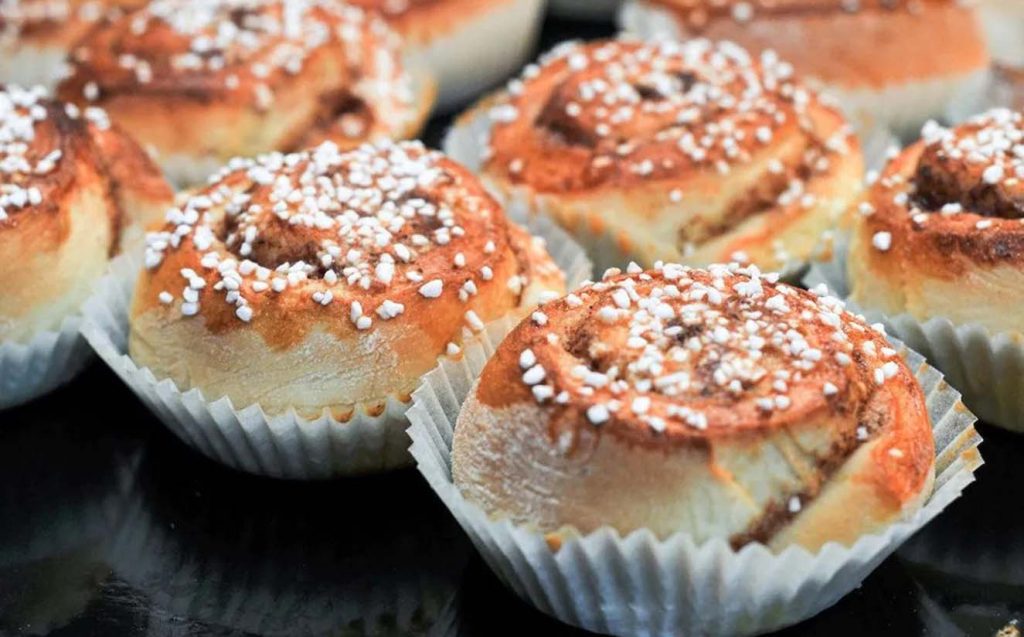
Food Safety Tips
- Check Cleanliness: While Stockholm is generally clean, always check that food stalls and vendors maintain good hygiene practices.
- Freshness: Opt for freshly made food, especially if you’re trying something new.
- Allergies: If you have food allergies, be sure to ask about ingredients, as street vendors may not always have detailed ingredient lists.
Planning Your Itinerary and Budget
Stockholm is a city with a lot to offer, so planning your itinerary in advance can help you make the most of your visit. Here are some tips I found useful:
Itinerary Planning
- Prioritize Must-See Attractions: Make a list of must-visit spots and plan your days around them. Include some flexibility for spontaneous discoveries.
- Consider a Stockholm Pass: For visitors planning to explore many attractions, the Stockholm Pass offers access to various museums, tours, and public transport. It can be a cost-effective way to see the city.
- Allow Downtime: Stockholm is a city meant to be enjoyed slowly. Allow some time for relaxing in parks, strolling through neighborhoods, or enjoying a leisurely fika.
Adjusting Your Budget
- Dining: Stockholm can be expensive, but there are budget-friendly options like street food and casual cafes. Plan for occasional splurges on fine dining if your budget allows.
- Transportation: Public transport is efficient and relatively affordable. Consider purchasing an SL card for unlimited travel on buses, trams, and the metro.
- Souvenirs: Stockholm has a range of souvenir shops, from high-end boutiques to budget-friendly stores. Set aside a small budget for souvenirs and gifts.
Travel Insurance
Travel insurance is an essential part of planning any trip. It provides peace of mind in case of unexpected events such as medical emergencies, trip cancellations, or lost luggage. I chose a comprehensive policy that covered medical expenses, trip interruption, and personal belongings. It’s worth investing in a good insurance plan to ensure a worry-free trip.
My visit to Stockholm was an unforgettable experience filled with exploration, cultural immersion, and unforgettable moments. From the picturesque archipelago to the vibrant city streets, every part of Stockholm has its own unique charm. Whether you’re wandering through the historic streets of Gamla Stan, soaking up the beauty of Djurgården, or enjoying a quiet fika in a local café, Stockholm offers a rich and varied experience for every traveler.
Embark on an Unforgettable Journey: Explore, Experience, and Enjoy!
- Enchanting Escapades at Disneyland Paris: A Magical Journey Awaits! : Step into a World of Wonder, Where Dreams Come to Life! Experience the Magic at Disneyland Paris – Where Every Moment is a Fairytale Adventure!
- Gatwick Airport Parking: Secure, Convenient, and Stress-Free! : Park with Confidence, Travel with Ease! Discover Hassle-Free Gatwick Airport Parking for a Seamless Start to Your Journey!
- Air France - Elevating Travel, Embracing Elegance! : Journey Beyond Boundaries with Air France: Where Every Flight is a Symphony of Style and Comfort!
- EasyJet Holidays - Effortless Escapes for Unforgettable Adventures! : Simplify Your Getaway with EasyJet Holidays: Where Every Moment is Packed with Joy. Your Dream Vacation, Made Easy!
